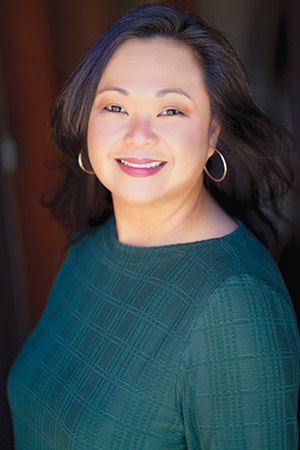Behind-the-Scenes: Casting a Production
 Many people think that the job of finding actors to appear and act in shows rests entirely on the shoulders of one person: the Casting Director. But actually, the job of casting a show is a true team effort. It is just one part of the complex collaborative process involved in making theatre, but it is, dare I say, perhaps the most impactful. After all, it is the actors who bring the stories and ideas to life. As such, the stakes are quite high when choosing who to cast in your show.
Many people think that the job of finding actors to appear and act in shows rests entirely on the shoulders of one person: the Casting Director. But actually, the job of casting a show is a true team effort. It is just one part of the complex collaborative process involved in making theatre, but it is, dare I say, perhaps the most impactful. After all, it is the actors who bring the stories and ideas to life. As such, the stakes are quite high when choosing who to cast in your show.So how do we do it? All casting begins with a season open call, when I as the Casting Director get to see and hear hundreds of actors perform monologues and songs. Then, for each individual show, we hold yet another round of auditions and callbacks for specific roles. Throughout all of these auditions I keep an ever-growing file of actors who have caught my interest for one reason or another. When asked what those reasons could possibly be, they range from the obvious (“They gave a great audition”) to the obscure (“They just have a quality about them”). I keep myself open to possibility every single time an actor walks into the room.
No matter how trained or experienced an actor may be, I want the same thing for them every time: that they knock it out of the park. I want them to give the best audition that they are capable of. In return, I try to give them a room that is warm, welcoming, and safe. But there’s a lot of pressure in the short time they spend with me. In the 3 minutes they’re inside the audition room, they must convey professionalism, skill, charm, and any other qualities they think would help them rise to the top of the actor pool.
If they’ve done their job right, they advance to the callback stage of auditions. But this time they are given material from the show, and they audition for more people: the Director, of course, but sometimes other members of the creative team, such as the playwright, choreographers, music directors or even designers. Then, the conversations begin amongst the collaborators. “What did you think of [actor A]?” I’ll ask the Director and the playwright. “Great text work, but they seem too young for the role,” the Director might reply. “Actually,” the playwright interjects, “[actor A] has a kind of gravitas, so the age difference doesn’t bother me as much.” And so on so forth, until the Director has gotten the feedback necessary to make a decision. Sometimes an actor can be called back 2 or 3 times before decisions are made. It can take many weeks, in some cases, to cast a show, but ideally the whole process, from first audition to final callback, lasts no more than a month.
There are times, of course, when an actor makes it easy for you and you know that they are who you want to hire. In those cases they may audition only once for the entire creative team to know that they are perfect for the role. Then it’s a matter of making the offer and crossing your fingers that they accept!
Overall, however, casting is a complex journey that is never the same from show to show. To me it is forever interesting because it is the one of the first moments in theatre-making when artistry collides with real life.
by Kim Heil
Cover photo of The Humans cast by Jim Carmody

